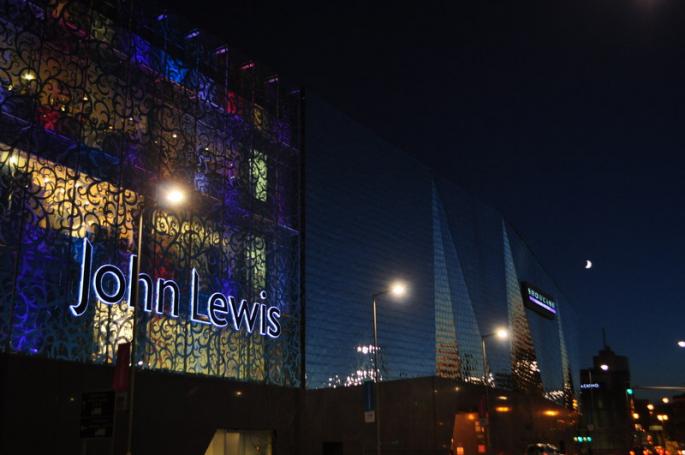The top 100 UK brands for customer experience

Corporate reputation is a key component of the customer experience. That’s one of the key findings of the latest Nunwood research into the experience and service offered by UK businesses. The study, which is based on ratings by 7,500 customers on over 250 brands, aims to record customer satisfaction and its influence on future behaviour, such as loyalty and advocacy.
Businesses that have suffered reputational issues over the course of the year, such as Amazon and Starbucks (who faced questions over their tax arrangements) and Co-operative Bank, which had to be refinanced after finding a £1.5bn hole in its balance sheet, all dropped in the rankings compared to 2012. Indeed Amazon fell to fourth place, following three years as number one, and neither Starbucks and Co-operative Bank made the top 100.
The study rated John Lewis as Britain’s top brand, with QVC, First Direct, Amazon and Virgin Atlantic completing the top five. The overall mean score across all brands stayed constant, showing that while many organisations have improved, others have slipped back.
So how can brands look at improving their customer experience? Nunwood believe it revolves around six, interconnected pillars:
1. Personalisation
Top brands use individualised attention to drive an emotional connection with customers. This doesn’t have to involve face to face or telephone service. Amazon receives the highest ranking for personalisation as it uses knowledge of its customers to create an automated, but individual, relationship that is based on making the consumer feel valued and special.
2. Resolution Most consumers understand that things can go wrong – it is how a brand deals with a problem that defines their relationship. Turning a poor experience into a great one actually creates loyalty and a willingness to recommend. John Lewis has put in place a policy called ‘Heroic Recovery’, which rewards staff that come up with new and innovative ways to help solve customer problems.
3. Integrity
Being trustworthy is something that has a direct impact on willingness to buy. It has to be present throughout the organisation and part of culture if customers are to see a brand as one with integrity. And it covers small and large matters – if you are told you’ll be put on hold for a minute and in fact it is ten, this erodes trust in a brand.
4. Valuing customers time and effort
Consumers are increasingly time poor and therefore demand a seamless, fast process when dealing with a brand. Removing unnecessary obstacles that take up customer time or force them to change channels are all part of this. For example, First Direct customers ringing the bank overwhelmingly get through to an agent straight away, without needing to wait or queue.
5. Managing, meeting and exceeding customer expectations
It is vital that brands set clear expectations – and then achieve (or over achieve) on them. A brand can give good service and still not meet customer expectations if they were expecting more. So make sure you are not claiming more than you can provide if you want to delight and retain customers.
6. Empathy
People buy from like-minded people, rather than organisations. So brands need to demonstrate that they understand the customer’s circumstances if they are to drive deep rapport. Put yourself in the customer’s shoes and treat them as you’d expect to be treated in the circumstances. Creating this genuine empathy is at the heart of turning customers into advocates.
You can download the full Nunwood report here – there’s plenty of useful advice for all brands as they look to continually improve the customer experience.







Comments